“Perhaps the butterfly is proof that you can go through a great deal of darkness and still become something beautiful.”
Even acclaimed authors such as Beau Taplin cannot help but be influenced by the charm of the butterfly, having romanticised the fascinating life cycle from wriggling caterpillar to delicate winged insect.
After emerging from the pupa in all its transformative glory, a butterfly will only live two to four weeks before its wings cease to beat.
But despite their brief foray into life, butterflies and moths are of the upmost importance to the environment.
From playing their part in the food chain – blue tits eat an estimated 50 billion moth caterpillars each year – to helping pollinate, we owe a great deal to these creatures, who prove that even the shortest of lives can make the biggest impact.
But with dwindling populations and even extinction of some species, it sadly comes as no surprise that colonies are in trouble.
Wildlife charity Butterfly Conservation recently issued a plea for people in Scotland to keep an eye out for a small but brightly coloured butterfly, aptly named the Small Copper.
Small Copper populations have fallen by a third in Scotland over the past decade, an all too familiar story for Tom Prescott, senior conservation officer for Butterfly Conservation.
Tom has worked for the charity for 20 years, and is leading a field trip in Aviemore in search of caterpillars of the rare moth, Kentish Glory, when he takes my call.
Clearly game for a challenge, Tom told Your Life just what can be done to help us keep butterflies and moths in the business of saving the planet.
“It was a hobby which became a job, that’s always the best kind of job,” says Tom, speaking up against gusts of wind.
“I have no formal qualification in ecology, I actually did a PHD in structural engineering.
“I’ve always been interested in the outdoors, and after working with the RSPB as a warden, I jumped ship for my new passion of butterflies and particularly moths.”
Seeing these creatures in action is no mean feat however, as Tom has discovered over the last two decades.
“Butterflies and moths are very fussy. That’s why I’m currently in a field in Aviemore looking for the caterpillars of a very rare moth called Kentish Glory,” says Tom.
“You have to become a detective and go at the right time of year, but there’s a very short window of opportunity.
“I’m currently training 20 people to know where to look and what to look for.”
Kentish Glory is a “localised” moth which was last spotted in England in the Seventies, but has always been in Scotland.
What is the difference between a moth and a butterfly though?
“There’s no difference in my world,” says Tom.
“They’re all part of the same family, a category of insects called Lepidoptera which is Greek for scale wing.
“If you imagine a slate roof with each slate a slightly different colour, that gives you the pattern of a butterfly’s wing.
“If you manage to catch a butterfly, sometimes a little bit of dust can come off. That’s the scales.
“They start off pristine. But just like us men going bald, butterflies can be difficult to identify by the end because they’ve grown tatty.”
Although the exact figure is debatable, there are around 36 species of butterfly in comparison to a staggering 1,300 different species of moth.
“I think the fun and excitement for moths is far greater,” says Tom.
“They can be found on the top of Scotland’s highest mountains such as The Cairngorm Plateau where conditions are very cold.
“And then coming all the way back down and under water, where some species feed on the stems of aquatic plants.
“Each species has its own sort of diet, it can be so specialised that it will only feed on a certain plant.
“This means that if a female butterfly lays her eggs on the wrong type of plant, the caterpillars won’t survive.”
The north-east and Highlands and Islands boast an impressive collection of rare species.
These include Dark Bordered Beauty, which can be found around Balmoral, alongside the Tiree Twist, which was of course rediscovered on Tiree in the Inner Hebrides.
“We have a student going over there shortly; my quest is to try and find the caterpillars,” says Tom.
“That will enable us to gain an understanding, why here? Why Tiree, and what is it that they are doing?
“It’s only by knowing that, that we will be able to conserve them.”
Alongside keeping areas of rough grass in your garden, you can help butterflies and moths take flight for the future, by keeping a record and informing the charity.
“Go out and look for them, enjoy them,” says Tom.
“It is only through people’s sightings that we can determine which species is doing well, or not so well.
“Do I have any favourites? Well, I have lots of favourites.
“It’s a quest for me, to try and solve all these little riddles so we can make sure there are butterflies and moths in the future.”
For more information, visit https://butterfly-conservation.org/
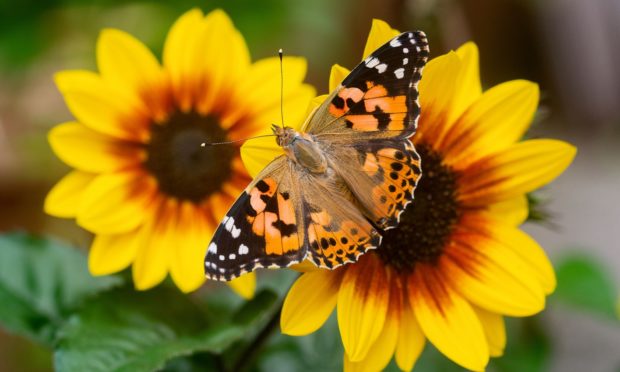
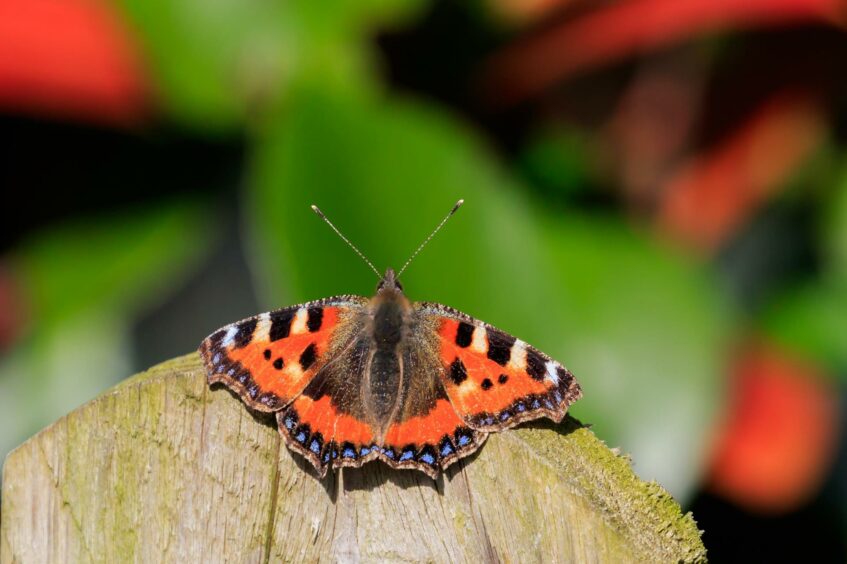
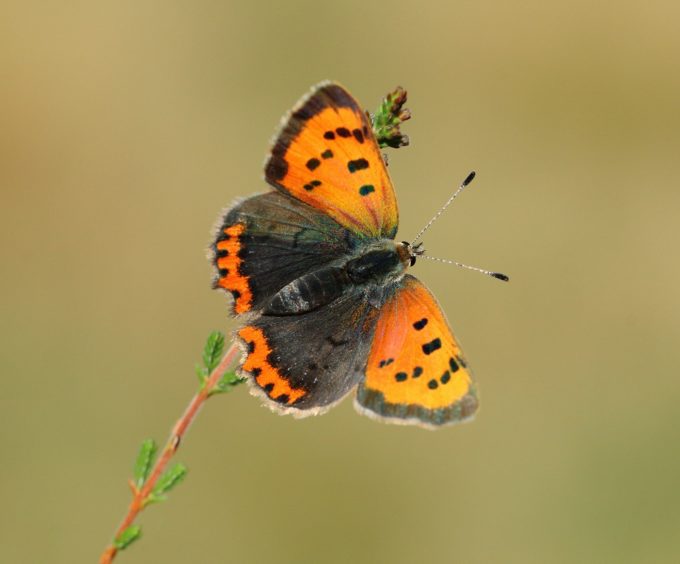
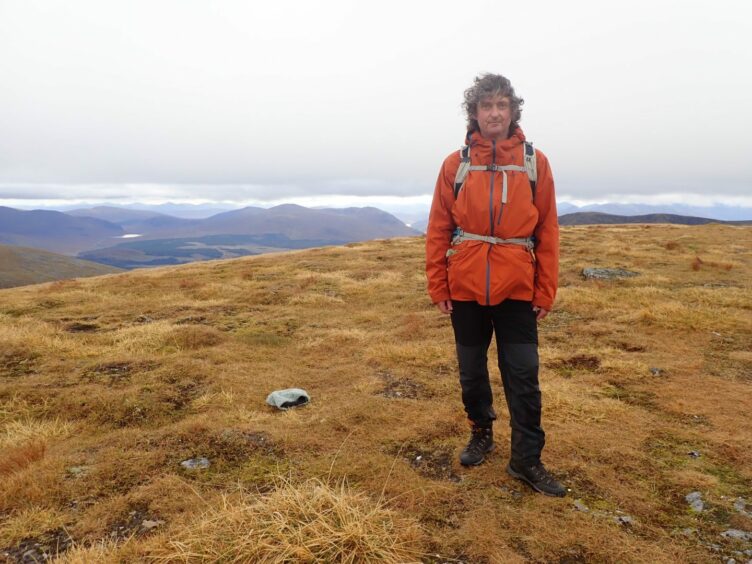
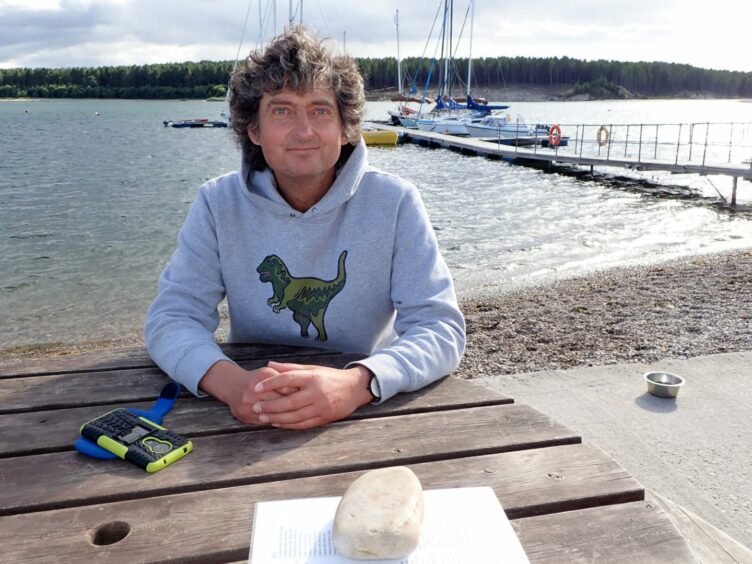
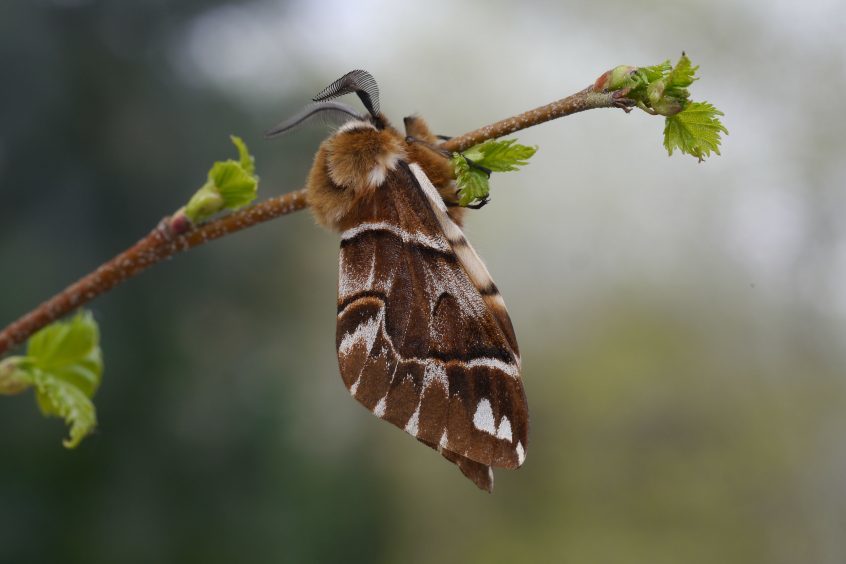
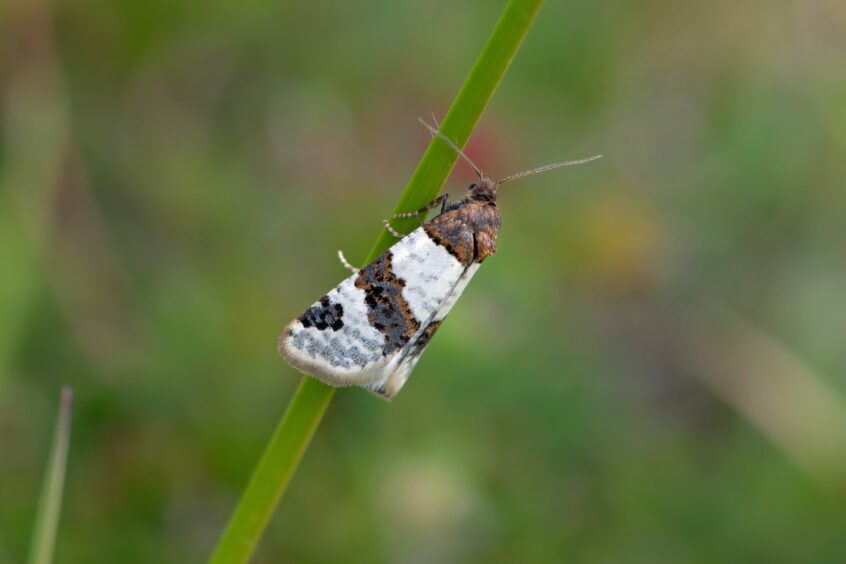
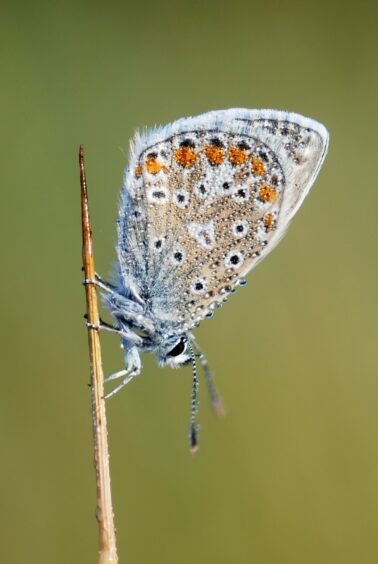
Conversation